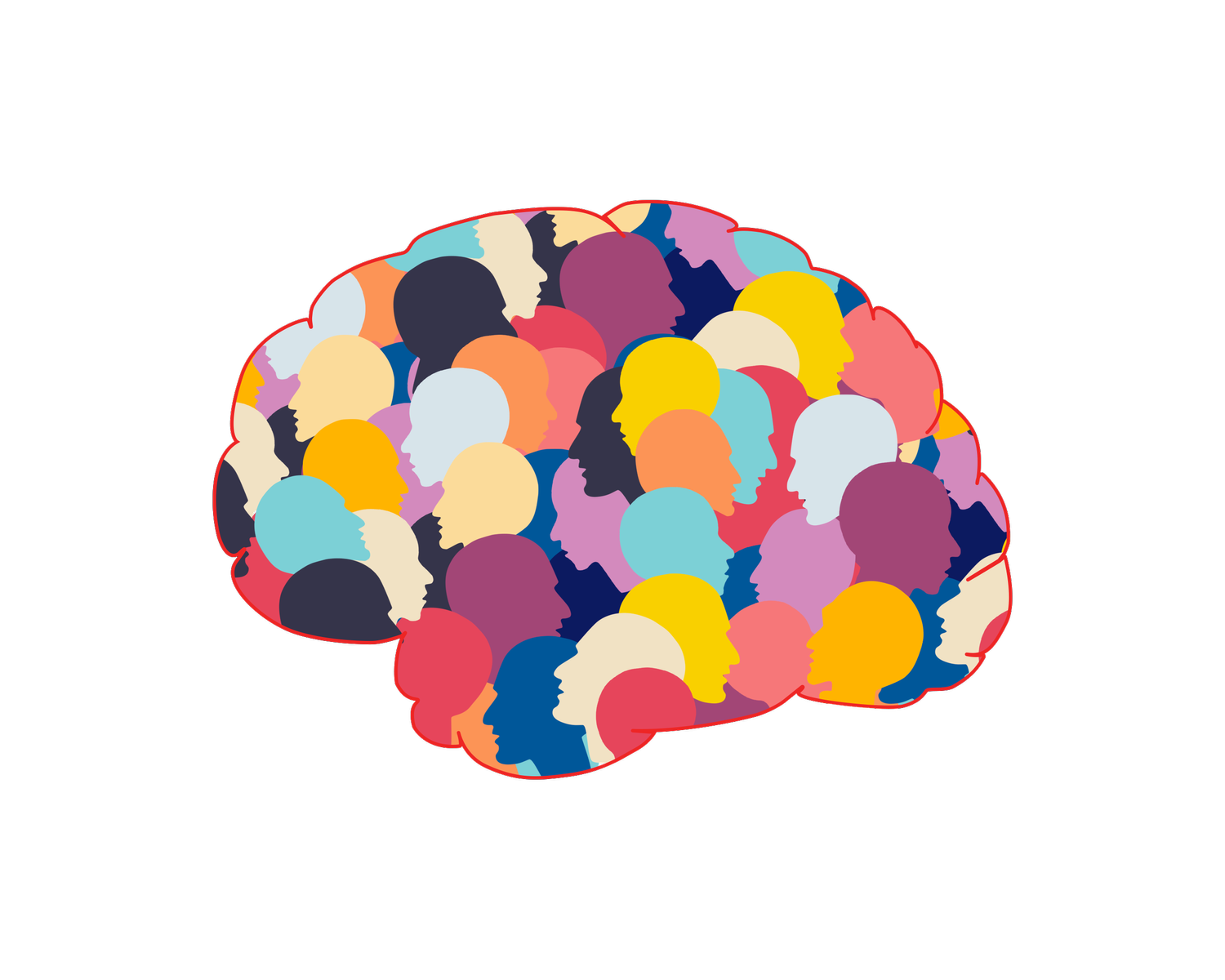Social Isolation & Loneliness
Loneliness is a widespread epidemic in contemporary life. It was already on the rise before 2020 and has only been exacerbated by the COVID-19 pandemic. While extensive research links social isolation and loneliness to negative health outcomes, the psychological mechanisms underlying loneliness remain vastly underspecified. A primary goal in our lab is to better characterize the mental representations underlying loneliness. So far, we have found that loneliness is associated with reduced neural similarity between the self and others. In other words, loneliness is mirrored by a “lonelier” neural self-representation.
We have also seen evidence in support of comedian Mindy Kaling’s description of loneliness: the perception that “everyone else is hanging out without me.” We find that loneliness also corresponds with neurally representing our social ties as though they are all highly close to one another, all the while you’re on the outskirts.
We have even seen evidence that there is ground truth to lonely individuals’ perceptions that their views of the world are not shared by others. For example, while socially connected individuals neurally represent and linguistically describe well-known cultural figures similarly to one another, lonely individuals’ neural representations and language use of well-known cultural figures are highly idiosyncratic. You may have heard about “public perception” or “the zeitgesit of a time.” Lonelier individuals may not share these common perceptions, perhaps contributing to their feelings that they do not fit in.
Relevant Publications:
Courtney, A. L., & Meyer, M. L. (2020). Self-other representation in the social brain reflects social connection. Journal of Neuroscience, 4(20), 5616-5627. Download PDF.
Broom, T., Iyer, S., Courtney, A. L., & Meyer, M. L. (under review). Keeping up with others’ perceptions of the Kardashians: Lonely individuals’ neural representations and language use do not reflect the cultural zeitgeist. Download Preprint PDF.
